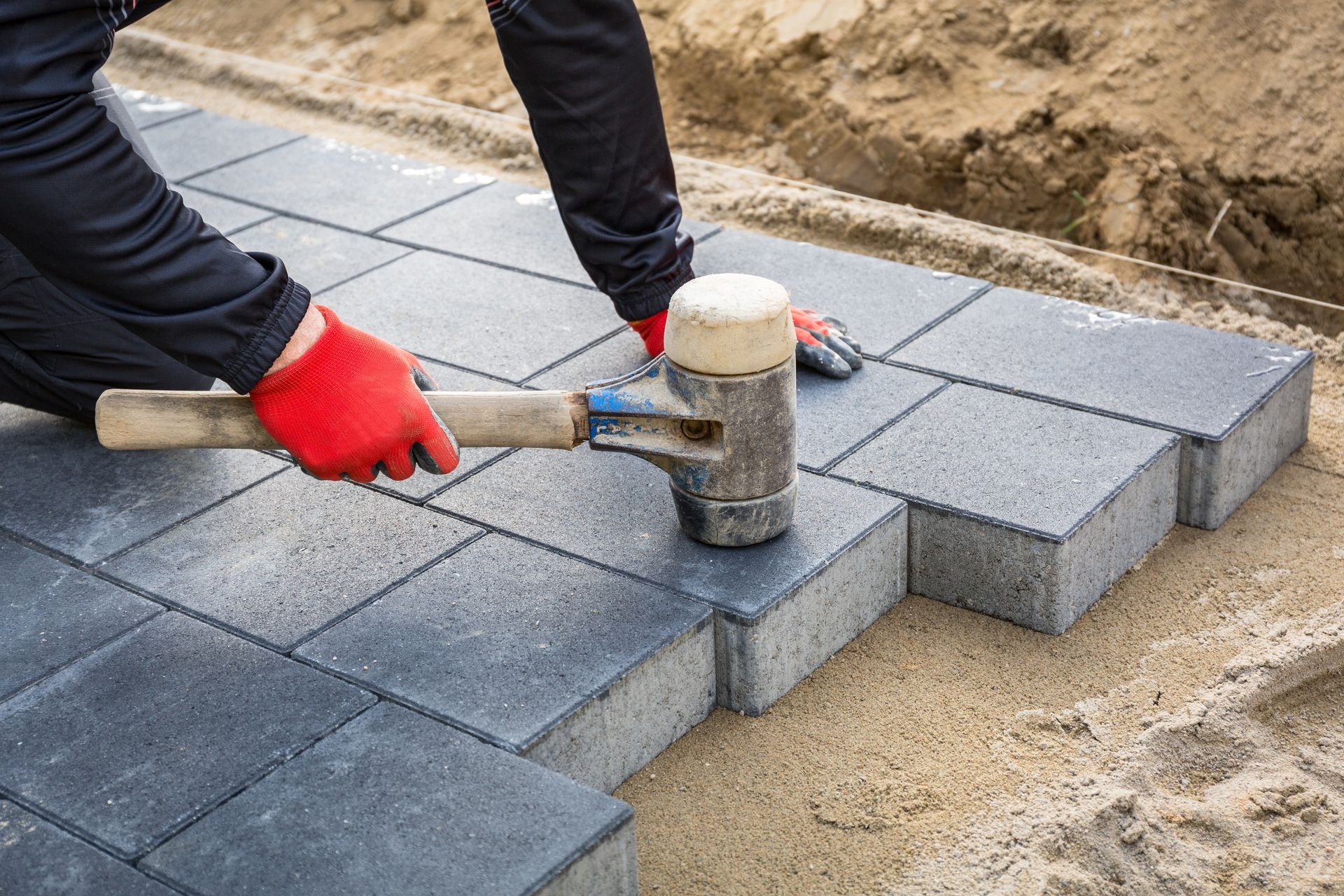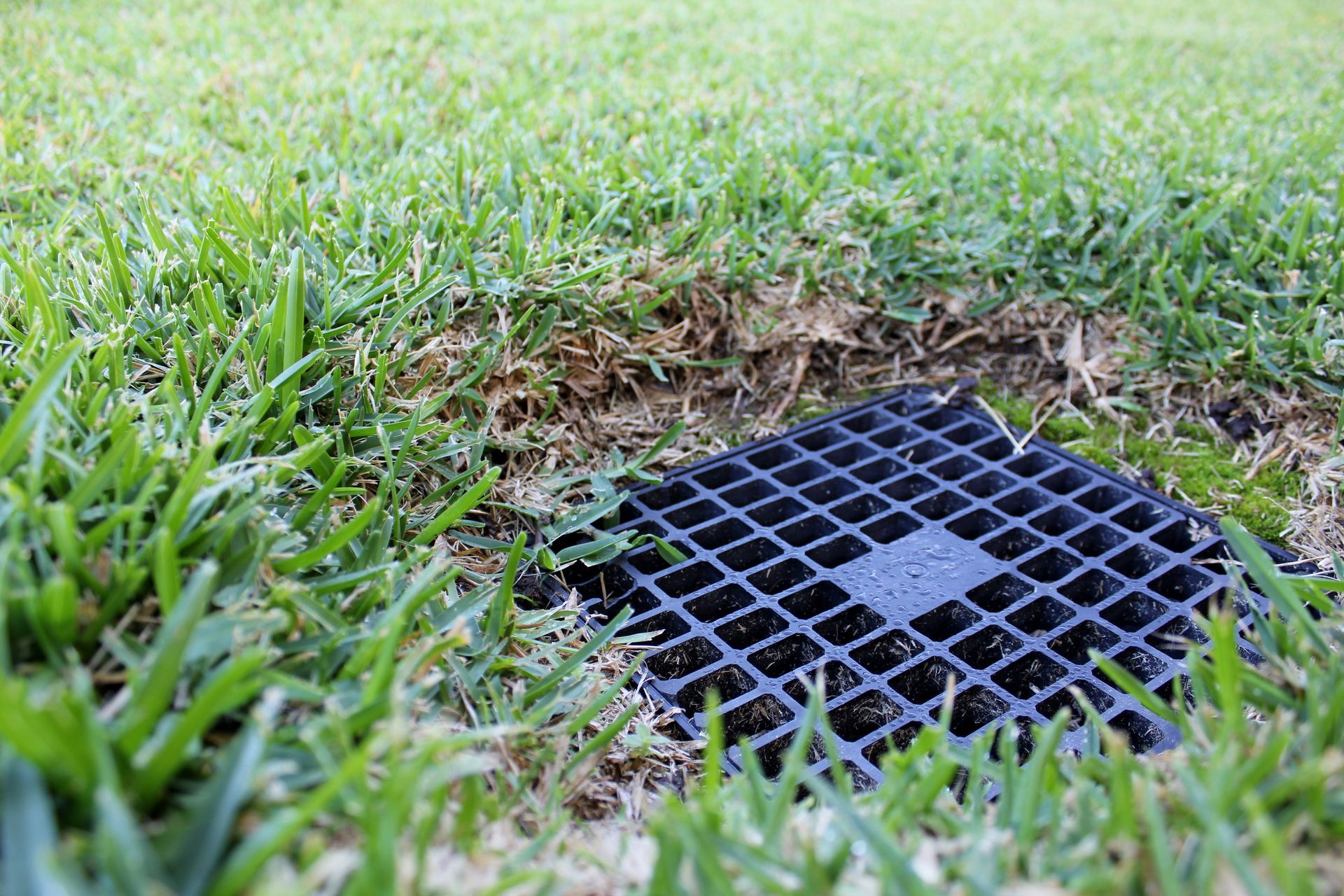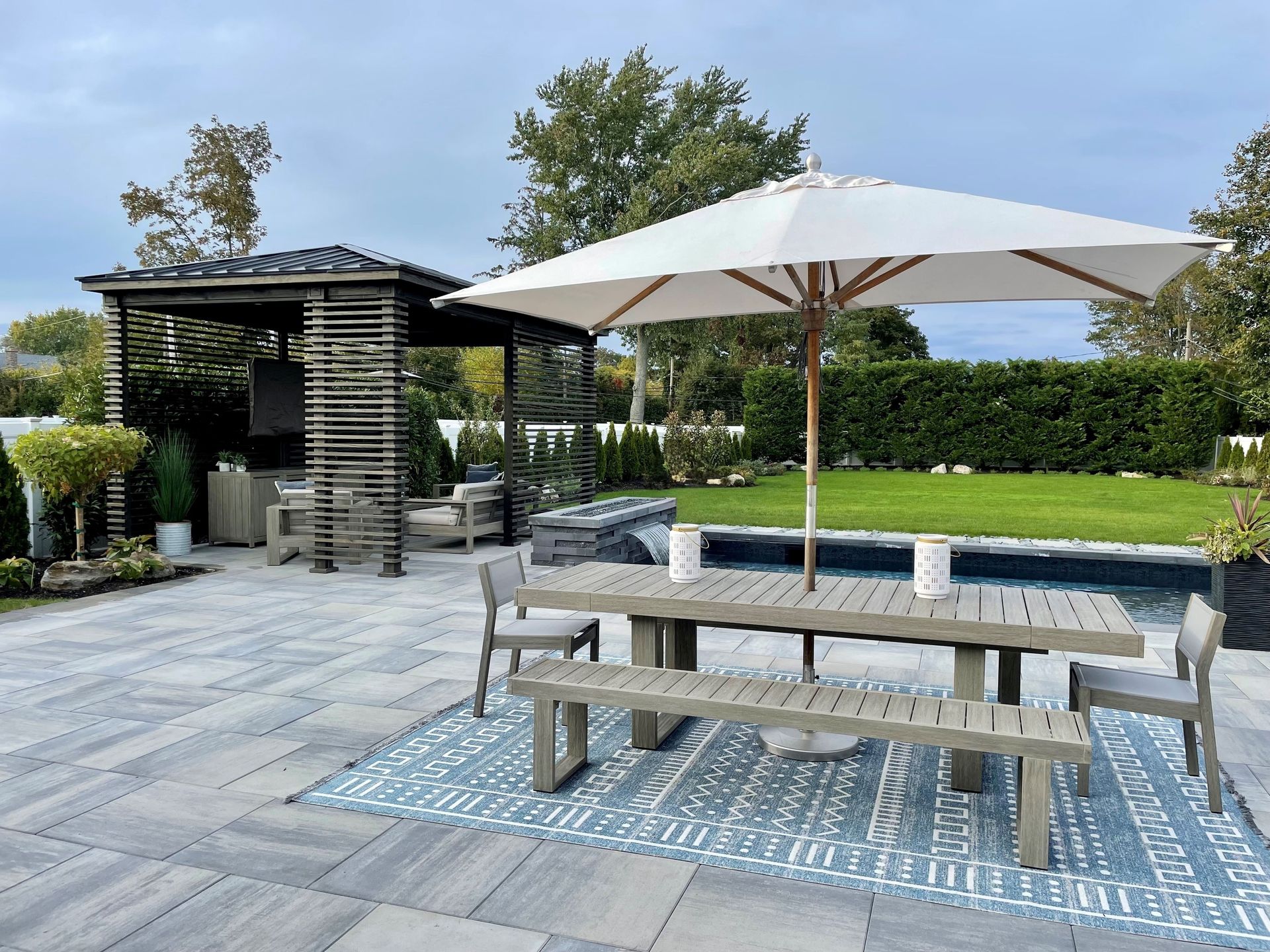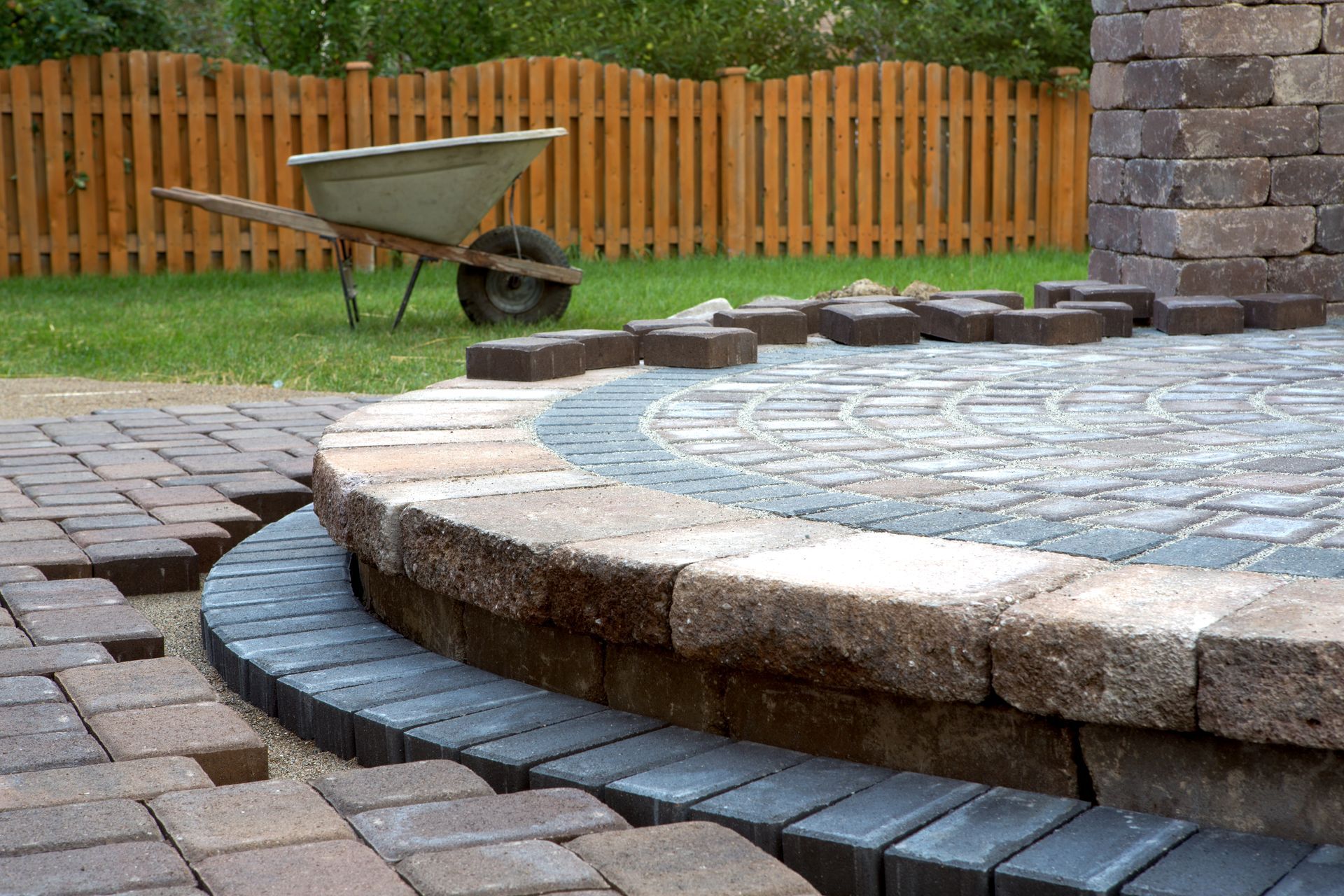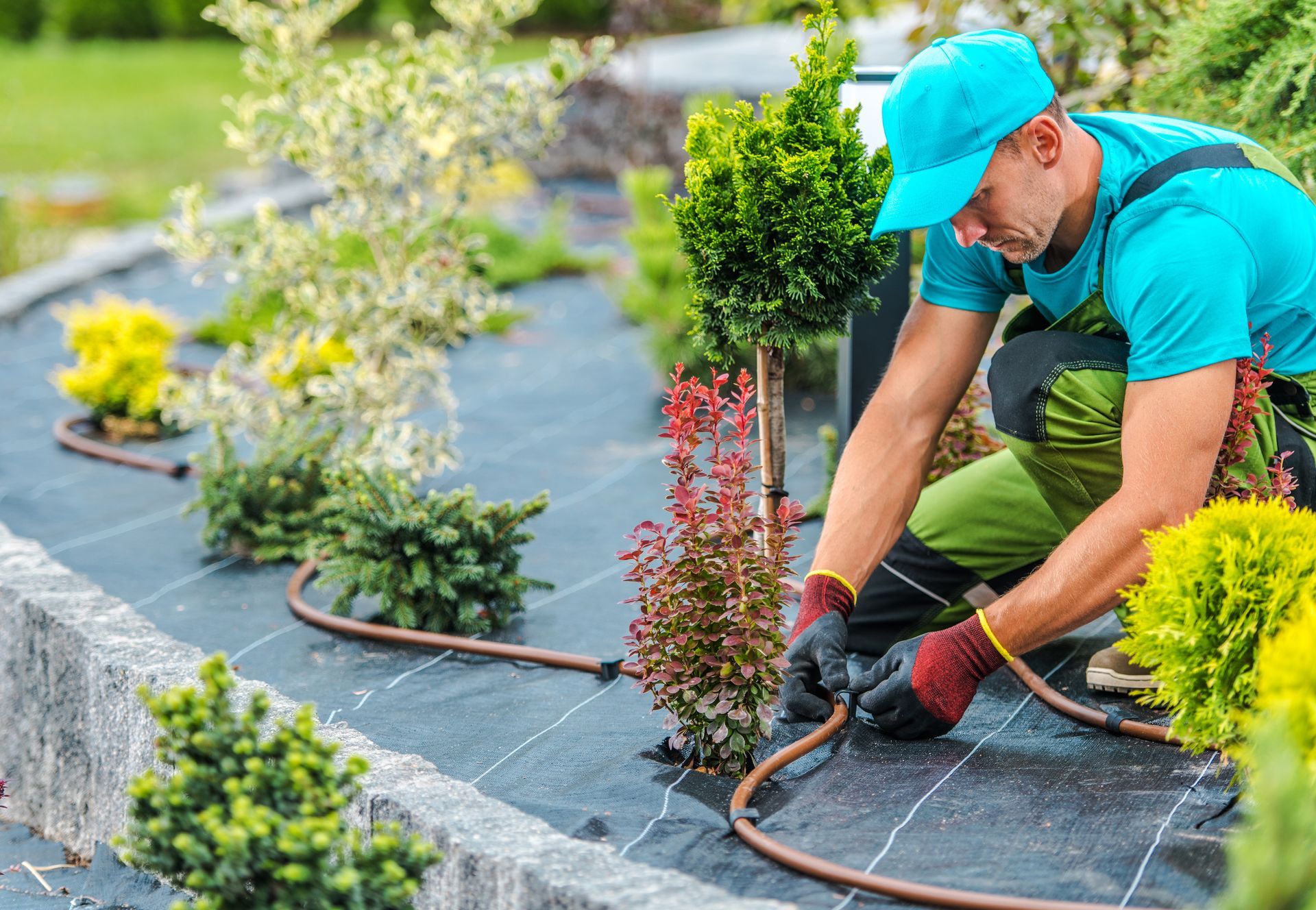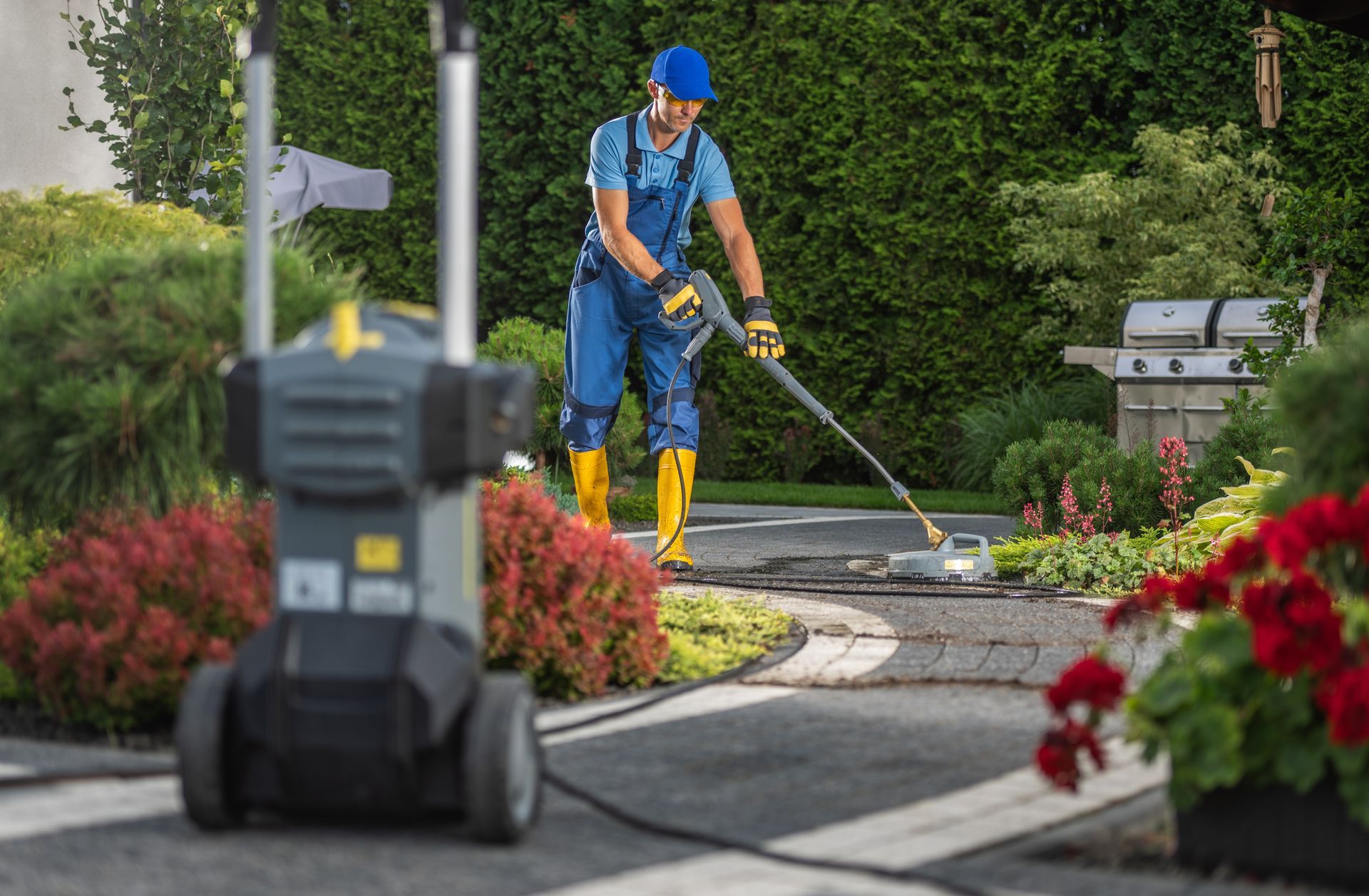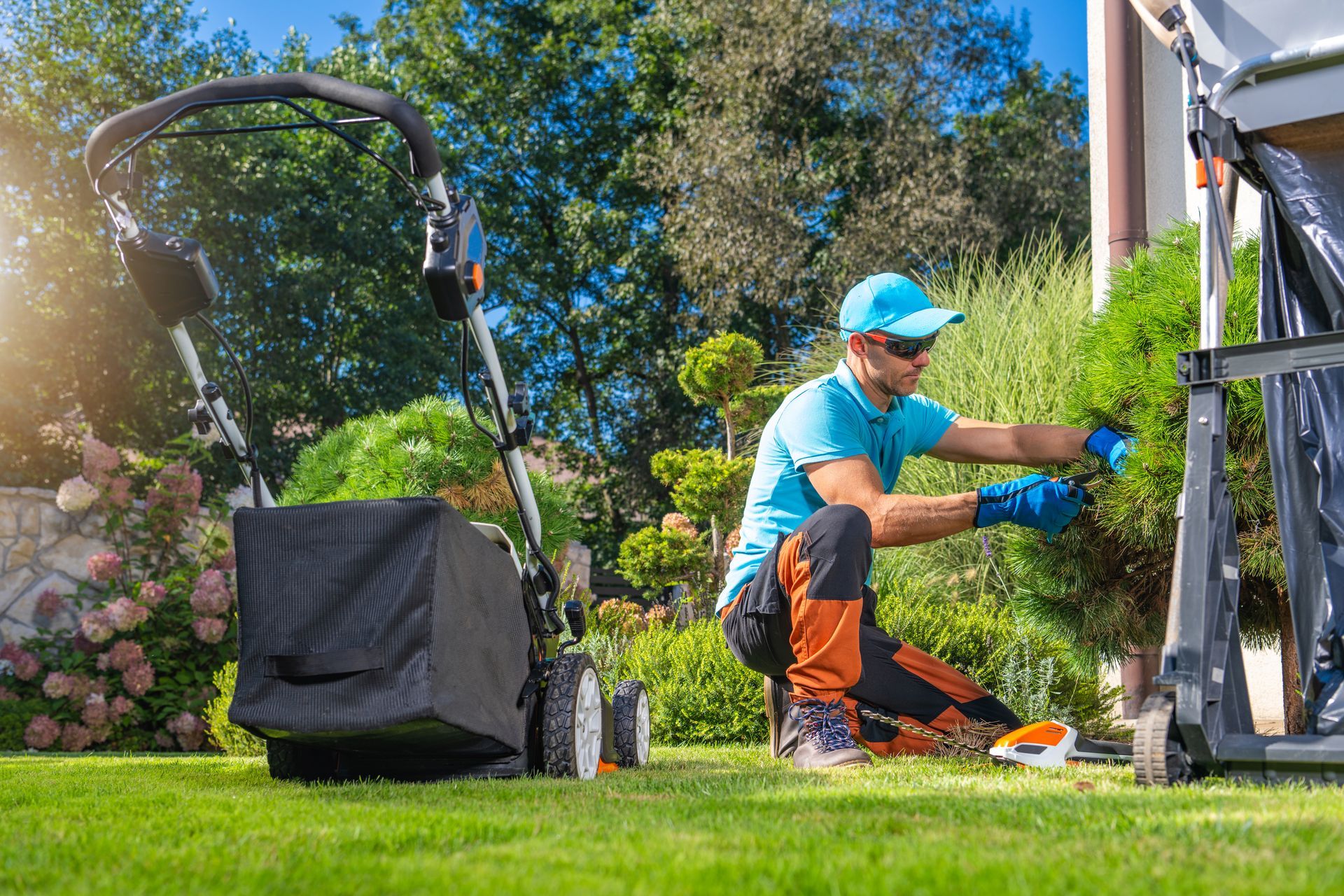Essential Landscape Design Tips for Florida's Climate
Creating a beautiful and sustainable landscape in Florida requires understanding the unique climate and environmental conditions. With its hot summers, occasional hurricanes, and frequent rain, Florida presents its own set of landscaping challenges. Here are some essential tips to ensure your landscape thrives in the Sunshine State.
Understanding Florida's Climate
Florida's climate is divided into two main regions: tropical and subtropical. The state's weather includes high humidity, intense heat, and seasonal rain. Knowing this helps you choose the plants and materials that will survive and flourish. A well-designed landscape not only enhances aesthetics but also conserves resources and supports local ecosystems.
Choose Native Plants
One of the most effective ways to create a resilient landscape is by selecting native plants. Native species are naturally adapted to the local climate and soil, requiring less water and fewer fertilizers. Consider plants like the Florida coontie, saw palmetto, or muhly grass for a low-maintenance and drought-tolerant yard. These plants also attract beneficial wildlife, like butterflies and birds, adding life and movement to your landscape.
Plan for Proper Irrigation
Efficient irrigation is crucial in Florida. Overwatering can lead to root rot and plant diseases, while insufficient watering can cause stress. Implementing a smart irrigation system, which adjusts watering schedules based on weather conditions, ensures your plants receive the right amount of moisture. Drip irrigation is another excellent option as it delivers water directly to the plant roots, minimizing evaporation.
Incorporate Mulching Techniques
Mulching is a simple yet powerful tool in landscape design. It helps retain soil moisture, suppress weeds, and maintain an even soil temperature. Organic mulches, like pine straw or bark, gradually decompose and enrich the soil. Spread a 2-3 inch layer of mulch around plants, making sure to keep it away from the base of trees and shrubs to prevent rot.
Design with Drainage in Mind
Florida's frequent rain can lead to waterlogging if not properly managed. Incorporating effective drainage solutions, like rain gardens or French drains, directs excess water away from your plants and foundation. Consider creating slight slopes in your design to encourage natural runoff. Addressing drainage issues early can prevent erosion and protect your landscape during heavy rains.
Consider Heat-Tolerant Hardscaping
Incorporating hardscaping elements like stone pathways, seating areas, or retaining walls can reduce the lawn area that needs water and maintenance. Choose materials that withstand high temperatures and sunlight, such as travertine or concrete pavers. Hardscaping not only adds functionality but also enhances the beauty and structure of your landscape.
Think About Sun and Shade
Understanding sun and shade patterns in your yard is vital for plant placement. Some plants thrive in full sun, while others prefer partial or full shade. Observe your landscape at different times of the day, and plan your plant arrangement accordingly. This ensures each plant receives its optimal conditions for growth.
Utilize Companion Planting
Companion planting involves strategically placing plants together that support each other's growth. Certain combinations can deter pests, enhance flavor, or promote nutrient absorption. For example, planting marigolds alongside your vegetables can repel common garden pests. This method fosters a harmonious environment and reduces the need for chemical treatments.
Encourage Pollinators
Florida's biodiversity is something to cherish. By planting a variety of flowering plants, you can attract pollinators such as bees, butterflies, and hummingbirds. Jasmine, firebush, and salvia are excellent choices to create a lively, buzzing habitat. Pollinators play a critical role in maintaining the health of your garden and boosting plant productivity.
Seasonal Maintenance Tips
Regular maintenance is key to keeping your landscape in top condition. Schedule tasks such as pruning, weeding, and fertilizing according to the changing seasons. For instance, spring is an ideal time for planting, while fall is perfect for mulching. Regularly inspect your irrigation system and drainage to ensure they function correctly.
Thrive with Florida-Friendly Landscaping
Embracing Florida's unique climate in your landscape design can lead to a vibrant, flourishing outdoor space. By selecting the right plants, planning effective irrigation, and integrating sustainable practices, you can create an environment that is both beautiful and environmentally friendly.
Get Started with CDS Landscaping Today!
Ready to transform your yard into a Florida-friendly oasis? At CDS Landscaping, we understand the local climate and have the expertise to bring your vision to life. Our team is here to create a stunning landscape that complements your home and withstands Florida's conditions. Contact us today to get started on your dream landscape!


